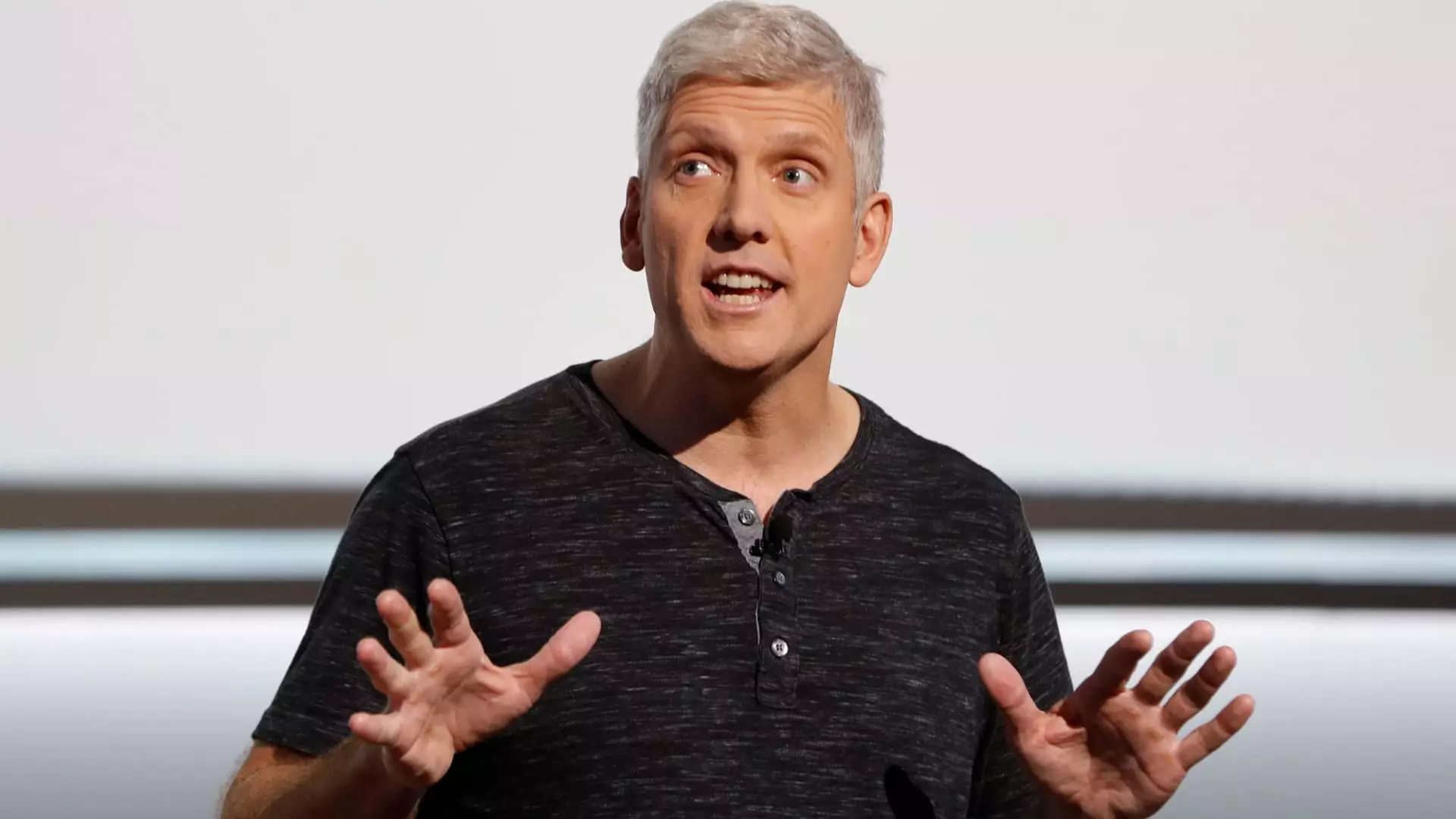In light of an evolving tech landscape and shifting corporate priorities, Google has launched a voluntary buyout program within its Platforms and Devices division. This strategic initiative aims to streamline operations while addressing the substantial human resource footprint necessary for ongoing projects. The decision to provide buyouts to employees rather than straight layoffs reflects a complicated balancing act between compassion for workers and the company’s relentless pursuit of efficiency and innovation, particularly in the realm of artificial intelligence.
Google’s Platforms and Devices unit, with over 25,000 full-time employees, encompasses a wide array of products including Android, Chrome, Google Photos, and hardware like Pixel and Nest. According to internal documents, the buyout offer primarily targets U.S. employees, although it remains unclear how many from this unit reside stateside. This measure comes at a time when company leadership, particularly under new CFO Anat Ashkenazi, has indicated an imperative to cut costs amidst burgeoning investments in artificial intelligence infrastructure anticipated for 2025.
Rick Osterloh, Senior Vice President of Platforms and Devices, highlighted in a memo that this buyout initiative allows employees struggling to align with the division’s goals or its hybrid work environment to opt for an exit with a severance package. This outwardly altruistic move hints at deeper organizational shifts necessary for leveraging efficiency without facing the backlash that often accompanies layoffs.
Employee Sentiments and Organizational Culture
Feedback from employees regarding the buyout program has been mixed but notably constructive. While some internal communications suggest anxiety over potential layoffs, many employees welcomed the buyout option as a humane approach to coping with difficult financial environments. The sentiment was echoed in an internal post that garnered significant support, thanking leadership for upfront communication and the opportunity to exit voluntarily.
The internal petition advocating for job security preceding layoffs indicates an undercurrent of concern amongst staff. Workers are understandably apprehensive about job security in a rapidly changing tech environment. By opting for voluntary buyouts, Google not only exercises a softer approach but also engages employees in the decision-making process—an action that fosters a sense of community and belonging even in uncertainty.
Aside from the immediate human resource implications, Google’s buyout offer reflects larger strategic priorities, primarily a pivot towards artificial intelligence. This shift is seen as a reflective response to competitive pressures within the tech space, especially as rival firms enhance their AI capabilities. The pressure to innovate and maintain leadership in this arena necessitates operational adjustments, particularly in divisions that may not be core to foundational revenue streams yet require substantial overhead.
Additionally, the recent acquisition of HTC Vive’s engineering team underscores the urgency with which Google seeks to advance its capabilities in the interconnected landscape of augmented and virtual reality. Such moves are aimed at ensuring that Google can harness cutting-edge technology to bolster its product lineup and maintain relevancy against competitors like Apple, who are also investing heavily in their AI solutions.
While the Platforms and Devices unit may not represent Google’s main revenue generator like its Search advertising division, its financial performance cannot be overlooked. The unit reported revenues of $10.66 billion in Q3, reflecting a nearly 28% increase from the previous year. Such growth indicates the potential of the division, yet it also drives the necessity for increased operational efficiency to sustain this upward trajectory amidst evolving economic pressures.
Moreover, with the looming threat of tariff policies reminiscent of the Trump administration affecting hardware costs, Google’s proactive engagement in restructuring and refining its organization becomes crucial. The company must not only navigate the immediate ramifications of its buyout program but also prepare for long-term shifts in an unpredictable geopolitical and economic landscape.
Google’s voluntary buyout program presents both a challenge and an opportunity for its Platforms and Devices division. As the company aligns its workforce with future ambitions in artificial intelligence and product innovation, it must effectively manage employee morale and organizational integrity. The adoption of voluntary exit programs demonstrates a willingness to innovate at all levels—the human and the technological. Ultimately, how well Google navigates these changes will be a testament to its adaptability in a sector marked by rapid transformation and relentless competition.

